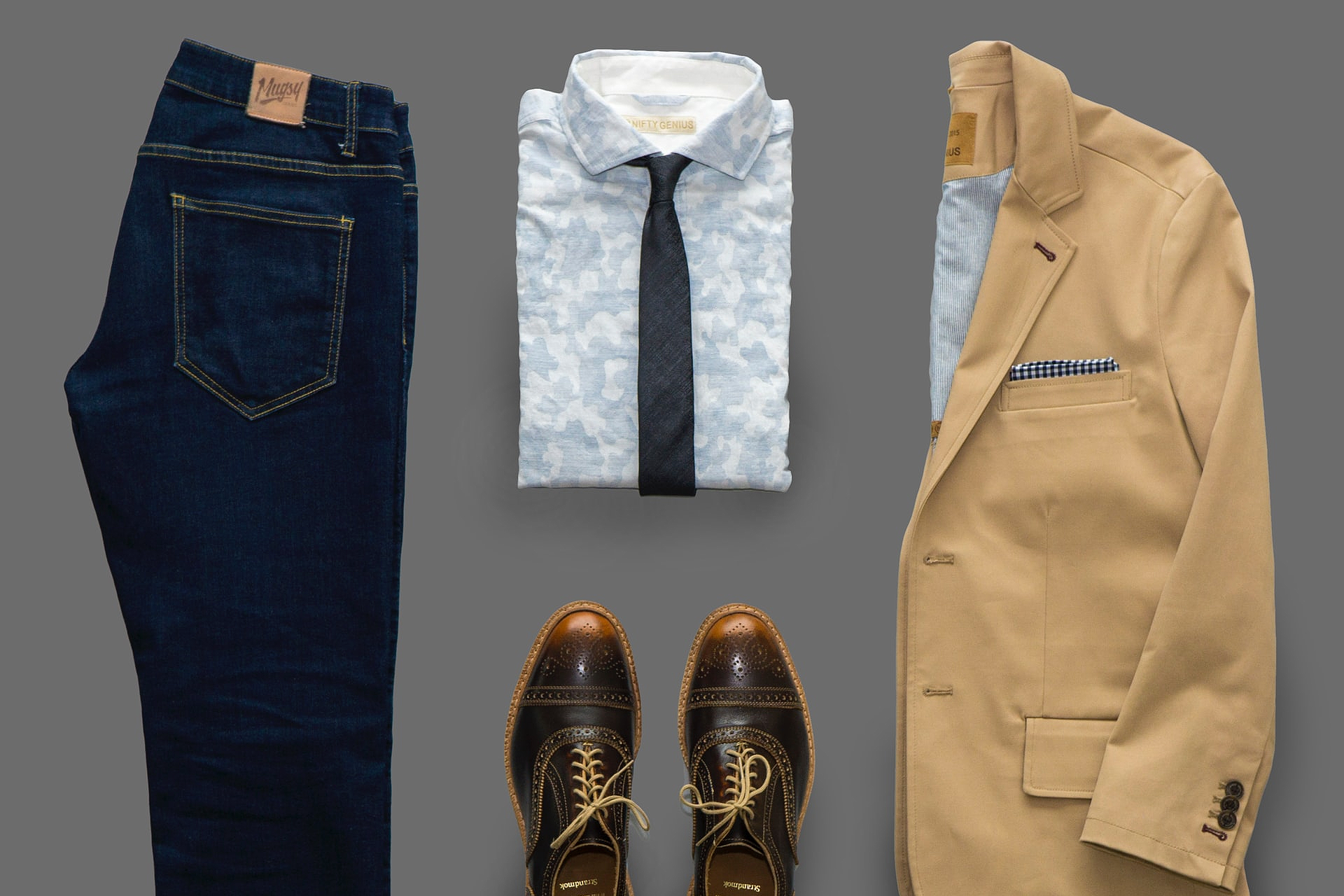
When we think about the typical office environment, the first things that come to mind are suits, ties, blouses, among other “professional” attire. Yet, these days – more and more companies (including leaders like Google and Apple) are switching to a casual dress code. I mean, since when did clothing determine how hard working or productive we are?
The bottom line of a casual work dress code: wear whatever you want as long as you’re comfortable, confident, and ready to work.
But, should you deploy it in the office? Like most things, casual work dress codes aren’t completely one-sided. The implementation of a casual work dress code has it’s unique pros and cons, and that’s exactly what we’ll be discussing today!
Pro: Better and Happier Employees
It’s not just the fact that employees are wearing sweatpants and a hoodie to work that creates positive change. The reduction in stress that comes with a casual work dress code makes employees more comfortable and satisfied. And this matters because happier employees make for better employees.
According to one study, a whopping 87% of workers believed adopting a casual work dress code would improve workplace morale. Another 47% of workers went on to say that a casual work dress improves productivity (StitchMine).
Con: Appearing Less Professional to Customers
If most of your employees interact in a customer-facing role, a casual work dress code could generate impressions that may not align with what your business desires. A casual work dress code may make teams seem less cohesive to outsiders. On top of this, customers face the additional challenge of distinguishing themselves and staff members.
However, do keep in mind that causal does not always mean unprofessional. If dress codes are detailed correctly, there should be no issue of wearing overly casual clothing (e.g. tank tops, sweatpants, etc.) to work.
Pro: Adds a Human Touch to Your Business
Compared to a business where everyone is wearing formal attire, casual dress codes can better emphasize a business’s human component. When a business shows human qualities, they are able to make themselves more memorable to future employees, supplies, and customers.
Allowing your employees to wear what they want (for the most part) also shows a more humanside to management as well. There’s a lower sense of control or micromanagement, which may promote better in-team relationships too.
Con: It Takes Time to Draft Up a Casual Dress Code
Business attire is simple because it has long been the norm. Companies that do uphold business-appropriate dress codes tend to have the same cookie-cutter policies. On the other hand, “casual dress code” is a term that is more ambiguous. How casual is too casual? What’s casual enough? These are questions that employees will ask themselves. When these questions aren’t answered, employees may become frustrated.
To avoid confusion and keep outfits office-appropriate, you and your team will need to clearly draft and define what is acceptable and what is not. These guidelines will largely depend on your business and what type of “vibe” your business is going for.
https://www.brighthub.com/office/human-resources/articles/83556/